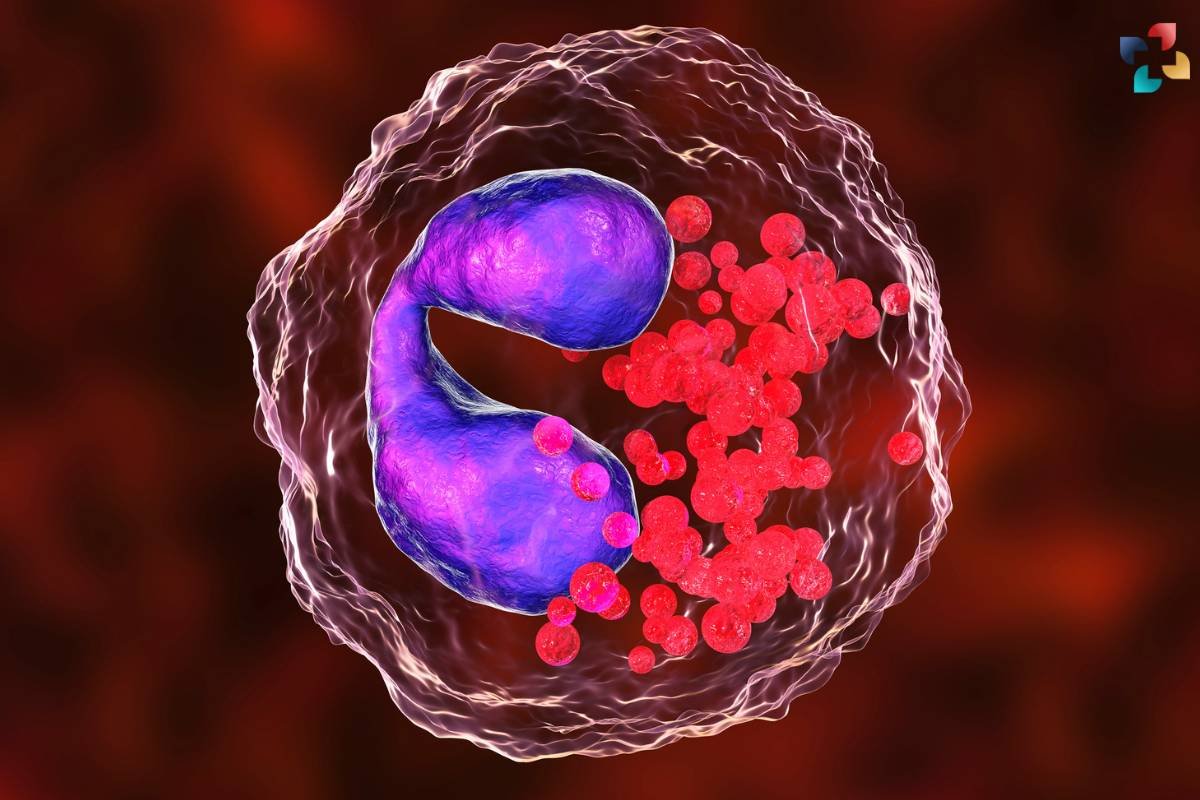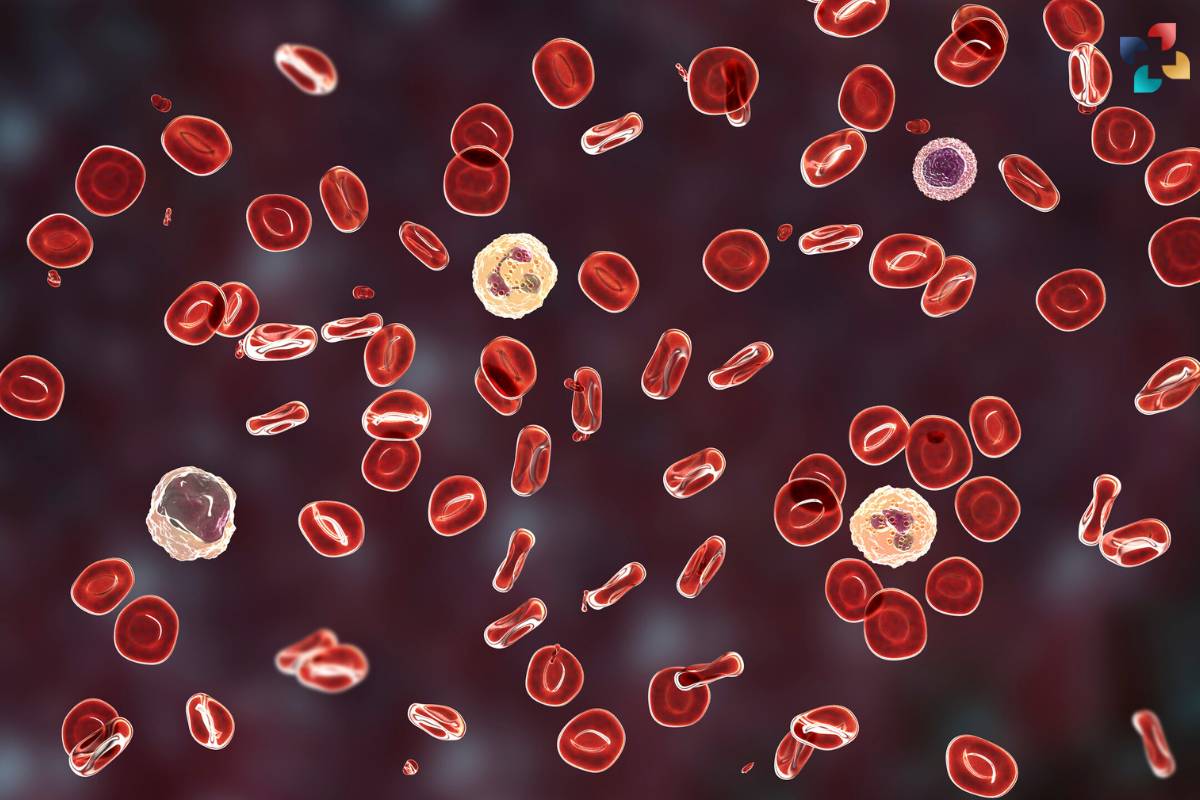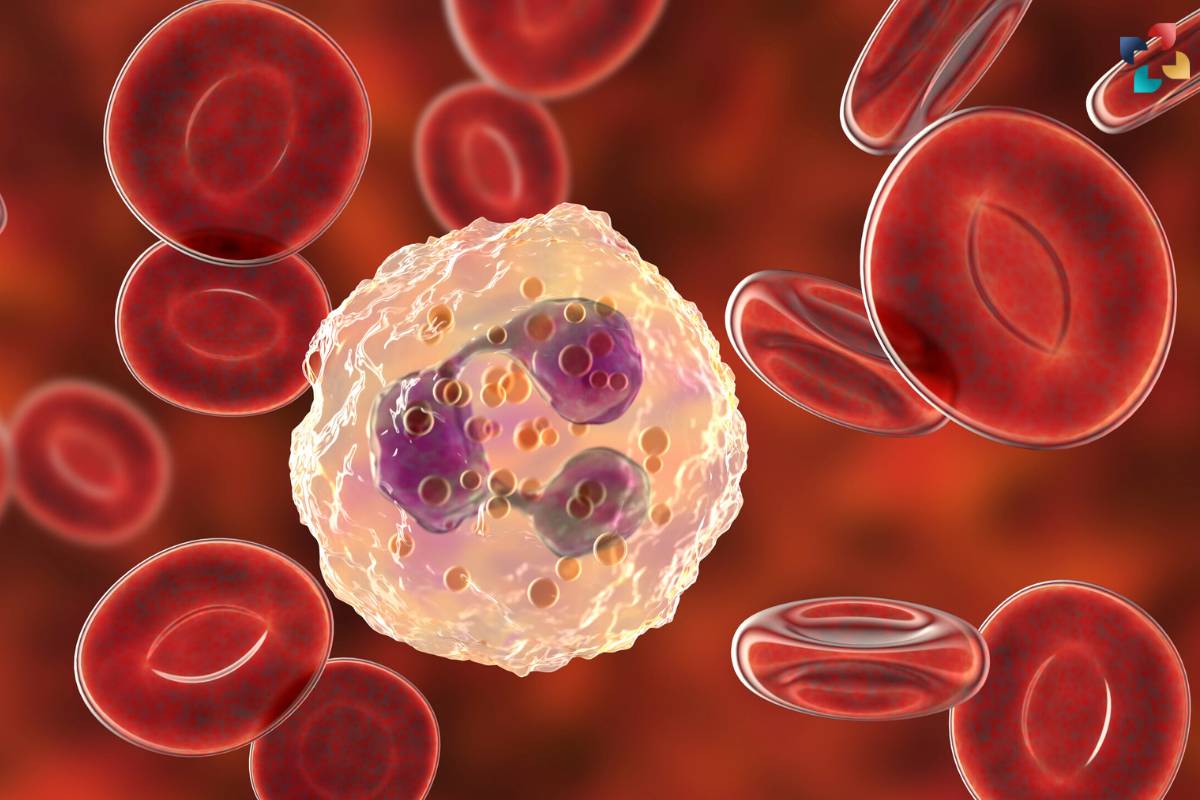Immature Granulocytes, often referred to as IGs, are a crucial component of the body’s immune system, playing a vital role in defending against infections and maintaining overall health. In this comprehensive guide, we will delve into the anatomy, functions, significance, and clinical implications of Immature Granulocytes, shedding light on their importance in disease diagnosis and management.
Anatomy of Immature Granulocytes
Immature Granulocytes are a type of white blood cell (WBC) characterized by the presence of granules in their cytoplasm. These granules contain enzymes and proteins that aid in the immune response against pathogens. Immature Granulocytes are produced in the bone marrow from precursor cells known as myeloblasts, which undergo differentiation and maturation to become fully functional granulocytes.

Furthermore, Immature Granulocytes are part of the body’s innate immune system, which provides immediate defense against pathogens upon exposure. They belong to the granulocytic lineage of white blood cells, along with neutrophils, eosinophils, and basophils, and share similar morphological features. The granules present in Immature Granulocytes contain various substances, including enzymes like myeloperoxidase and lysozyme, which contribute to their antimicrobial activity.
During the process of hematopoiesis, myeloblasts undergo successive stages of maturation, ultimately giving rise to mature granulocytes. This maturation process involves the acquisition of specific surface markers and functional properties, enabling Immature Granulocytes to effectively recognize and eliminate pathogens. As they mature, Immature Granulocytes migrate from the bone marrow into the bloodstream, where they circulate until they are recruited to sites of infection or inflammation.
Overall, understanding the anatomy of Immature Granulocytes provides insight into their role in the immune system and their significance in health and disease.
Function of Immature Granulocytes
The primary function of Immature Granulocytes is to identify and eliminate foreign invaders, such as bacteria, viruses, and fungi, from the body. They accomplish this task through a process called phagocytosis, whereby they engulf and digest pathogens. Additionally, Immature Granulocytes release antimicrobial substances and cytokines to coordinate the immune response and recruit other immune cells to the site of infection.
In addition to their role in phagocytosis and pathogen destruction, IG also contributes to the inflammatory response by releasing inflammatory mediators, such as cytokines and chemokines. These molecules help to amplify the immune response and regulate the recruitment and activation of other immune cells, including neutrophils, macrophages, and lymphocytes.
- Immature Granulocytes play a crucial role in innate immunity, serving as the first line of defense against invading pathogens.
- Their ability to phagocytose and release antimicrobial substances helps to contain and eliminate infections.
- Immature Granulocytes also contribute to the inflammatory response by releasing cytokines and chemokines.
- Proper functioning of Immature Granulocytes is essential for maintaining overall immune homeostasis and protecting the body from infectious diseases.
Clinical Significance of Immature Granulocytes
In clinical practice, the presence of IG in the peripheral blood, often referred to as Immature Granulocyte Count (IGC), serves as a valuable indicator of infection, inflammation, or other underlying medical conditions. An elevated IGC, known as a left shift, indicates an increased demand for granulocytes to combat infection or inflammation. Conversely, a decreased IGC may suggest bone marrow suppression or immune deficiency.

Furthermore, monitoring the Immature Granulocyte Count (IGC) can aid healthcare professionals in diagnosing and managing various hematological disorders, such as leukemia, myelodysplastic syndrome (MDS), and sepsis. In patients with leukemia or MDS, an abnormal proliferation of IG may be observed, reflecting dysregulation of hematopoiesis in the bone marrow. Additionally, in cases of severe sepsis or systemic inflammation, the IGC may serve as a prognostic marker for disease severity and treatment response.
The clinical significance of IG extends beyond infectious and inflammatory conditions to include prognostic implications in critical care settings. By monitoring changes in the IGC over time, clinicians can assess the effectiveness of treatment interventions and gauge the patient’s overall prognosis. Therefore, incorporating Immature Granulocyte analysis into routine blood tests can provide valuable insights into the patient’s immune status and aid in clinical decision-making.
- Elevated Immature Granulocyte Count (IGC) indicates increased demand for granulocytes in infection or inflammation.
- Decreased IGC may suggest bone marrow suppression or immune deficiency.
- Abnormal proliferation of IG is observed in leukemia and myelodysplastic syndrome (MDS).
- IGC serves as a prognostic marker in sepsis and critical care settings.
- Monitoring IGC helps assess treatment response and patient prognosis.
Diagnostic Utility of Immature Granulocytes
The measurement of Immature Granulocytes is commonly used in the diagnosis and monitoring of various hematological and infectious diseases. In conditions such as bacterial infections, sepsis, inflammatory disorders, and leukemia, an elevated IGC can provide valuable diagnostic information and guide clinical management decisions. Furthermore, serial monitoring of IG over time can help assess the effectiveness of treatment and disease progression.
Clinical Implications of Immature Granulocytes

The presence of Immature Granulocytes in the peripheral blood can serve as an early warning sign of systemic infection or inflammation, prompting further diagnostic evaluation and timely intervention. Healthcare professionals rely on Immature Granulocyte counts as part of a comprehensive diagnostic workup to identify and manage infectious and inflammatory conditions effectively. Moreover, understanding the significance of IG in various clinical scenarios can improve patient outcomes and guide therapeutic strategies.
Conclusion
In summary, Immature Granulocytes play a crucial role in the body’s immune response, serving as frontline defenders against infections and inflammatory insults. Their presence and enumeration in peripheral blood samples provide valuable diagnostic information and guide clinical decision-making in the management of infectious and inflammatory diseases. By recognizing the anatomy, functions, significance, and clinical implications of IG, healthcare professionals can enhance their diagnostic accuracy and improve patient care outcomes.











